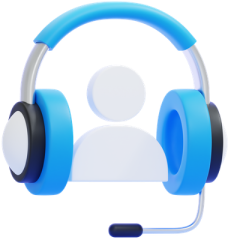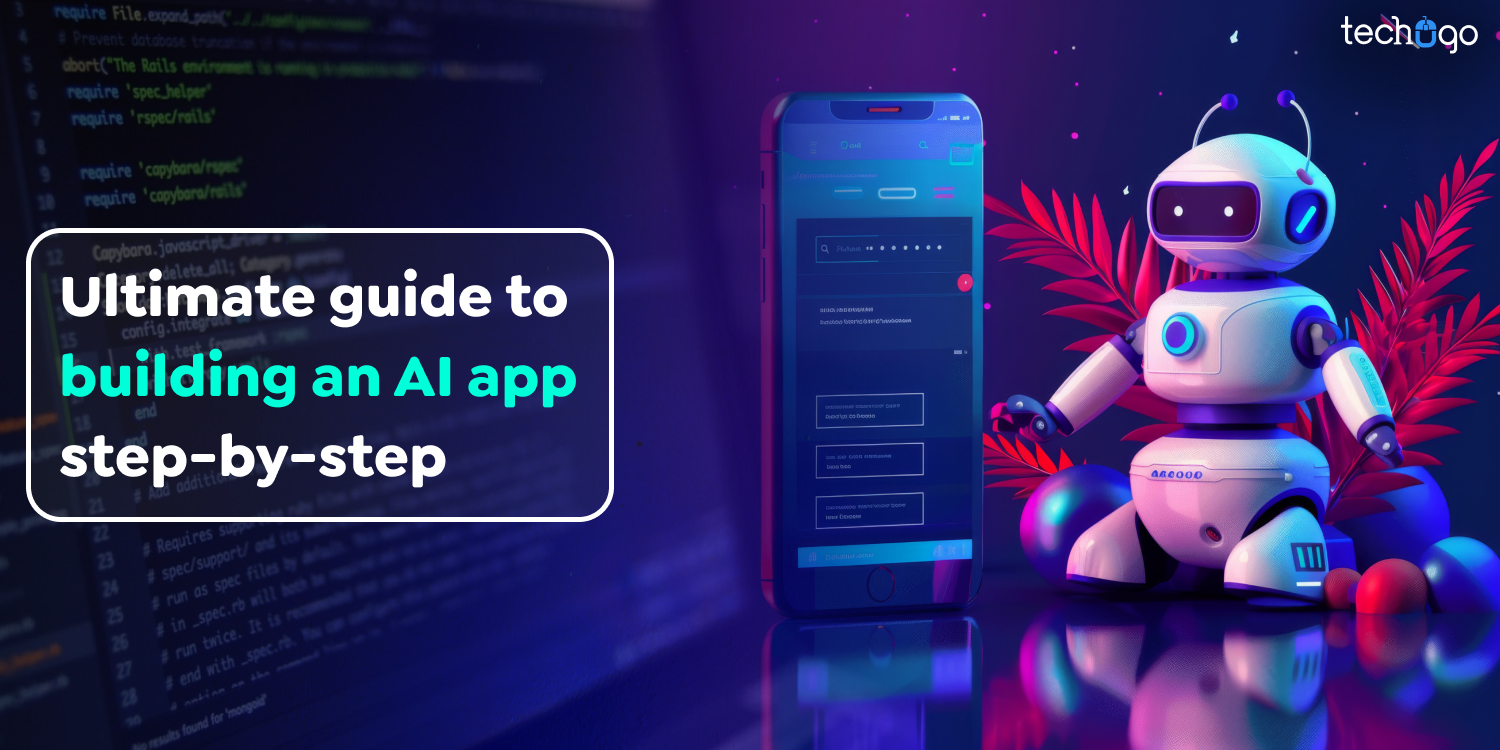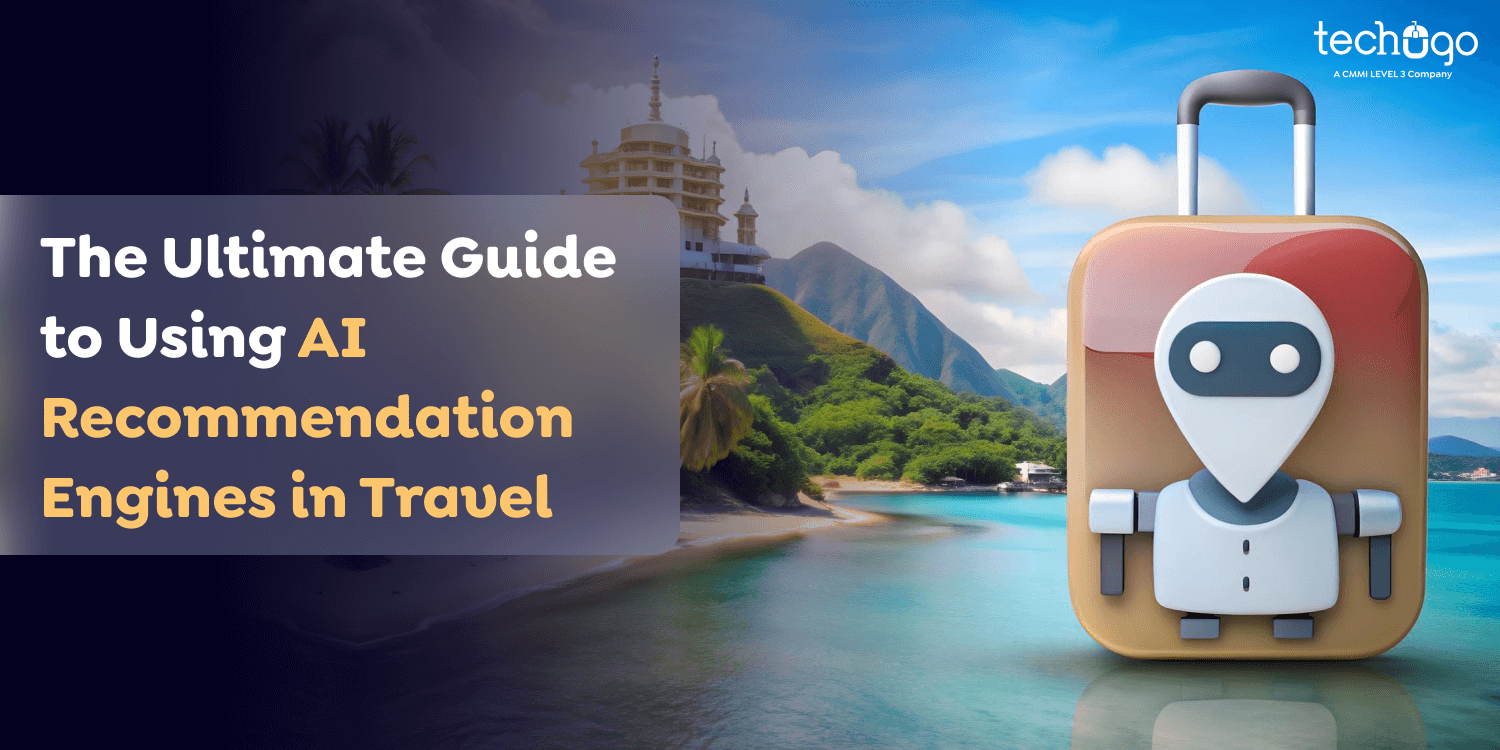2 Sep 2024
How to Build Effective Childcare Management Software: A Step-by-Step Guide
Matthew Connor
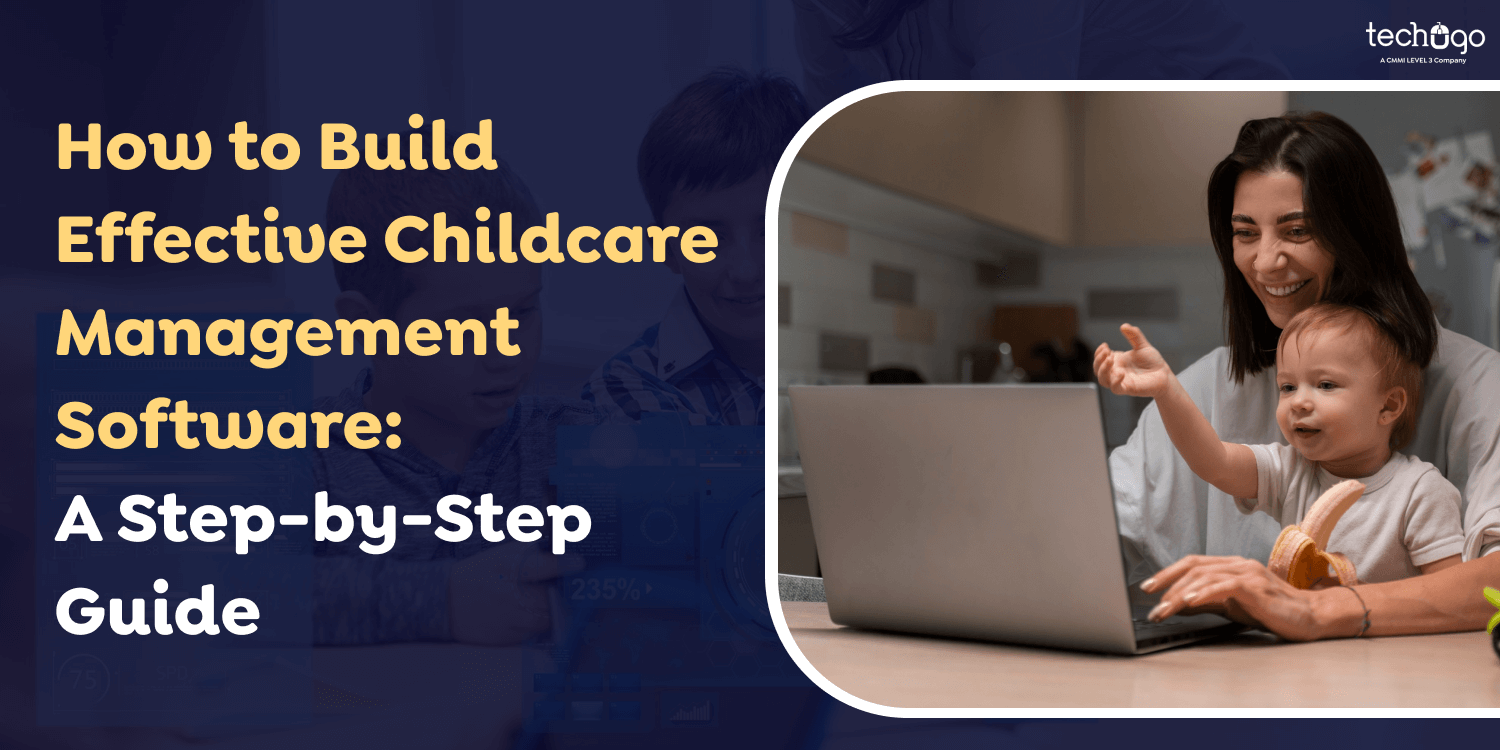
In our fast-paced world today, handling a childcare center can be a complicated duty, with multiple duties varying from registration and scheduling to billing and parent contact. Childcare management software presents a seamless solution, automating day-to-day administrative duties and guaranteeing that childcare providers can concentrate more on the kids instead of paperwork. By incorporating features such as attendance tracking, meal planning, and real-time updates for parents, these software solutions improve the efficiency and efficacy of childcare procedures. This permits centers to deliver higher-quality care while sustaining the organization.
With the improvement of technology, childcare management software has evolved into a vital tool for childcare establishments. It delivers a centralized platform that enhances communication between staff and parents, often including mobile apps for instant notifications. This interactive method promotes trust and fosters a stronger sense of community and involvement.
Understanding Childcare Management Systems

Childcare management systems work like a complete digital toolkit for daycares and prekindergartens. These platforms facilitate different organizational duties by automating operations such as billing, communication, and tracking attendance, making the staff’s job more manageable and more efficient. Educators can also use these techniques to create lesson plans and keep track of individual child’s development. As an outcome, the staff can concentrate more on their primary responsibility: delivering quality care and attention to the children!
Let’s discuss the current trends and projections shaping the childcare management software industry to better understand its growth potential and market dynamics.
Also Read: In-House vs. Outsource Software Development: Key Factors to Consider for Your Project
Statistical Overview of the Childcare Management Software Industry
The market for childcare management software was esteemed at USD 208.34 million in 2024. This domain is expected to rise at a compound annual growth rate (CAGR) of 7.80% between 2024 and 2031, with domain value predicted to be USD 359.86 million.
According to data, the international earnings for childcare management software stood at USD 172.50 million in 2021. This sector is projected to grow at a CAGR of 7.50% from 2022 to 2028, achieving a total value of USD 266.06 million.
Glimpsing forward to 2024, these predictions emphasise revenue movements for the “baby daycare services” industry. It is anticipated that, by 2024, childcare services could get in approximately $54.2 billion in income within the U.S.
Moving forward, let’s explore how childcare management systems operate to streamline daily tasks and enhance overall efficiency in childcare centres.
How Childcare Management Systems Operate

It’s important to capture the core functionalities before diving into the composition of childcare management systems. Here’s an analysis of how these systems typically operate:
-
Initialization:
Start by choosing the right software solution, inputting information about the team and children, and configuring environments to align with your precise needs.
-
Day-to-Day Operations:
Use the system for handling notes, tracking meals, and handling the check-in and check-out processes for children.
-
Parent Communication:
Send updates, and photos, and securely handle permission slips and other necessary communications with parents.
-
Financial Management:
The software facilitates automatic invoice generation and keeps digital records for all billing and payment needs.
-
Performance Monitoring:
Create progress reports, and track meal plans and attendance to continually enhance the level of care provided.
Now, let’s discover how investing in childcare management software can significantly boost your return on investment by streamlining operations and enhancing service quality.
Also Read: How to Develop Construction Management Software: A Complete Guide
Why Investing in Childcare Management Software is a Smart Move for High ROI?

Entrepreneurs looking for promising, high-growth possibilities should think about creating childcare management software for facilitating daycare operations. Here’s why this sector is ripe for investment:
1. Growing Market with Untapped Potential:
The Global Childcare Management Software Market is expected to reach $4.8 billion by 2027. This growth is attributed to the increasing child population being enrolled in these institutes as well as the increase in the working population which means that the parents are looking for quality institutes to enrol their children. However, in many daycare centres today, the processes that are used are not online and automated and therefore organizations end up being inefficient as well as receiving complaints from the clients. These challenges would be well solved by creating easily understandable and professional childcare applications that can take advantage of such an unexplored market.
2. Automating Processes for Better Efficiency and Higher Revenue:
Childcare management software has features such as billing, parental communication, and even student attendance in its management systems. This automation eliminates the burden of manual entry thus freeing up time for the staff to concentrate on giving quality services to the children. According to the studies, the centres which apply this software define a 20% decrease in their administrative load. This not only increases efficiency, but they can provide service to more children hence increasing revenue.
3. Increased Parent Engagement Boosts Loyalty:
Today’s parents want to know what their child is doing throughout the day within the shortest time possible. Such functionalities as quick sharing of developmental updates, daily diaries and photos are some of the features that meet these expectations. This level of transparency creates a positive perception towards the school by parents and hence increases the rate at which parents recommend other parents to the school.
4. Recurring Revenue Through Subscription Models:
The subscription-based model adopted where childcare management software is sold, means that there is constant and continuous cash inflow as opposed to outright sales. It enables childcare centres to forecast and strategise on how to expand besides re-investing into the product mainly the services offered in enhancing and popularising them. This way, the subscriber can get all the necessary functions they need and the software will always be affordable for different childcare providers with various needs and budgets.
5. Scalability and Future-Proofing Your Business:
Scalability is a key feature of well-designed childcare management software. These platforms depend solely on your customer base and they can accommodate extra facilities and customers as the need is.It can also be used as a frame for extension with new technologies such as artificial intelligence applications for differentiated learning. Introducing the software into childcare management helps to remain relevant with other players in the market.
Wondering about how to build effective management software? Here’s a step-by-step procedure to help you create a solution that enhances efficiency and care quality.
Also Read : Transform Your Business With Supply Chain Management (SCM) Software: A Growth Strategy in 2024
Steps to Build Childcare Management Software
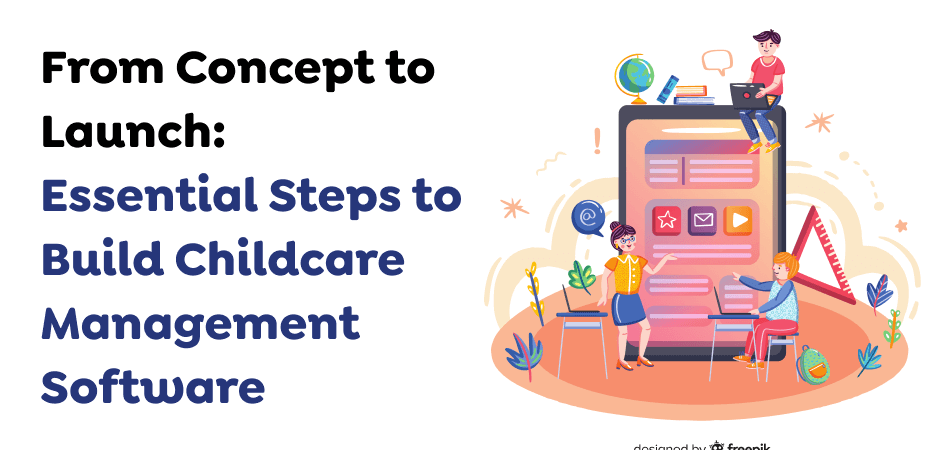
This section provides a detailed roadmap for creating effective childcare management solutions with the help of a top-notch software development company. Ready to get started? Let’s dive in!
1. Conduct Market Research and Plan Key Features
To kickstart the development of childcare management software, start by partnering with an experienced software development company to explore existing daycare management solutions. Engage in thorough market research by conducting surveys and interviews with childcare providers and parents. This helps in identifying market gaps and specific user needs. Prioritize essential features like automated billing, secure messaging, child and staff management, attendance tracking, and comprehensive reporting. Additionally, consider adding innovative features such as wearable technology for health monitoring or integration with leading childcare platforms.
2. Design a User-Friendly Interface
Partner with a software development firm that presents a team of professional designers as well as developers. The software should be easy to use, ensuring that the interface is simple and easy to navigate. Additionally, the app should support features like real-time feeding, image sharing, and secure messaging for parents.The prioritized functions for the staff interface should enable viewing children’s information and taking or recording attendance.
3. Development with a Focus on Security
Having chosen an app development company, they must specialize in creating secure mobile and web applications. This phase is crucial for the successful development of management software. Discuss implementing robust security protocols such as data encryption, multi-factor authentication, and role-based access to safeguard personal information and ensure secure user access.
4. Extensive Testing and Refinement
While developing a new app it is important to go through a testing process to find the bugs or errors. Ensure that the development team carries out the quality assurance (QA) test to ensure compatibility of the software with the various devices and operating systems. Predeveloped an initial set of test cases, negative test cases and user acceptance tests which involve potential users to test the software and give their opinion. To ensure the app usability issues are not a problem when everyone uses it, refine the application with this feedback and fix the same before you launch it.
5. Launch and Deployment Strategy
After handling all required changes, it’s time to deploy and establish the software. Work with the development team to form a deployment plan that lowers downtime and trouble for childcare facilities. Consider delivering training resources and aid to guarantee a smooth transition for both staff and parents during the launch phase.
6. Comprehensive Training and Ongoing Support
Childcare management software is most useful when staff and parents are well-versed in its characteristics. Deliver vast training materials, including clear video tutorials and user guides, covering step-by-step instructions for all necessary functions. Offer ongoing support through numerous channels to assist with any technical issues or questions. Regularly update the training resources to incorporate new elements and progress, guaranteeing users are always knowledgeable and confident in using the software.
7. Continuous Updates and Maintenance
While having a functioning app is a considerable achievement, sustaining its effectiveness requires regular updates and maintenance. Partner with your developer to construct a proactive plan for correcting bugs and applying security updates. Regular updates will keep your management software competitive and in line with evolving needs.
Now let’s discuss the factors influencing the cost of developing management software.
What is the Cost of Developing Childcare Management Software?

Before diving into the development process, understanding the cost factors for childcare management software is essential. To give you a clear picture, we’ve outlined key elements that can impact the overall development budget:
-
Feature Set and Complexity:
The number and sophistication of features will greatly impact development costs. Basic features may be less expensive, but including advanced capabilities like support for wearable devices or artificial intelligence, functionalities will boost costs due to the intricacy involved.
-
Project Scope and Timeline:
The size and scope of the projects you have will affect its cost in a very proportional manner. Projects with complex and extended phases are expected to involve more resources, escalating the cost of software development significantly.
-
Technology Stack and Third-Party Integrations:
The selection of the technology stack and the necessity of third-party integrations are vital cost drivers. Cutting-edge technologies and numerous integrations can count for the overall development cost, as they often need technological skills and further licensing expenses.
-
UI/UX Design Requirements:
An intuitive and appealing user interface is critical for the triumph of management software. However, constructing a refined and custom-designed user experience can increase development costs. The more complicated the design and customization, the more increased the expenditures will be.
-
Ongoing Maintenance and Support:
Post-development costs are another crucial factor to consider. Regular updates, bug fixes, and customer support are necessary to keep the software running smoothly. These ongoing maintenance activities count toward the overall cost of creating and operating management software.
Let’s explore how Techugo can support you in developing the best childcare management software tailored to your specific needs and enhance your childcare operations.
How Can Techugo Support You in Developing Childcare Management Software?
Techugo, a leading software development company in Canada, is well-equipped to handle the precise requirements and challenges encountered by childcare providers. Our team of experienced developers is proficient at developing tailored childcare management software solutions that align flawlessly with your needs. We concentrate on improving administrative efficiency, enhancing communication with parents, and optimizing comprehensive operational workflows. By employing cutting-edge technologies and sticking to industry best practices, we help childcare facilities build a well-organized and nurturing environment with our solutions.
Conclusion
In summary, investing in childcare management software delivers effective advantages for enhancing the efficiency and effectiveness of childcare operations. These methods automate routine tasks, facilitate communication, and improve the quality of care, eventually helping both staff and parents. Techugo’s expertise in creating customized childcare management solutions ensures better organization, transparency, and a nurturing environment for children in your care.
Get in touch with us today to start your journey towards innovation and excellence.
Get In touch
We are excited to here from you and let’s start something special Together. Call Us for any inquiry.
Write us
sales@techugo.caJust a call away
About you
